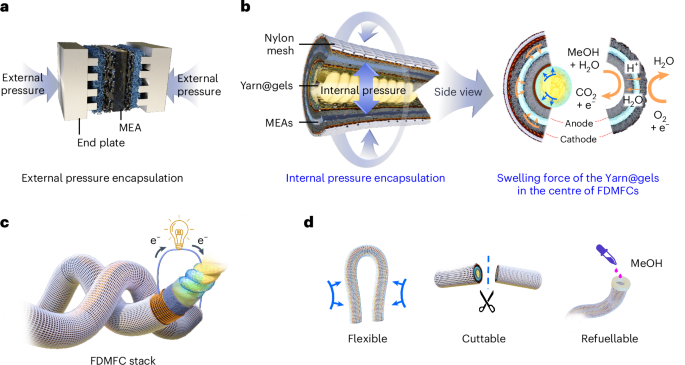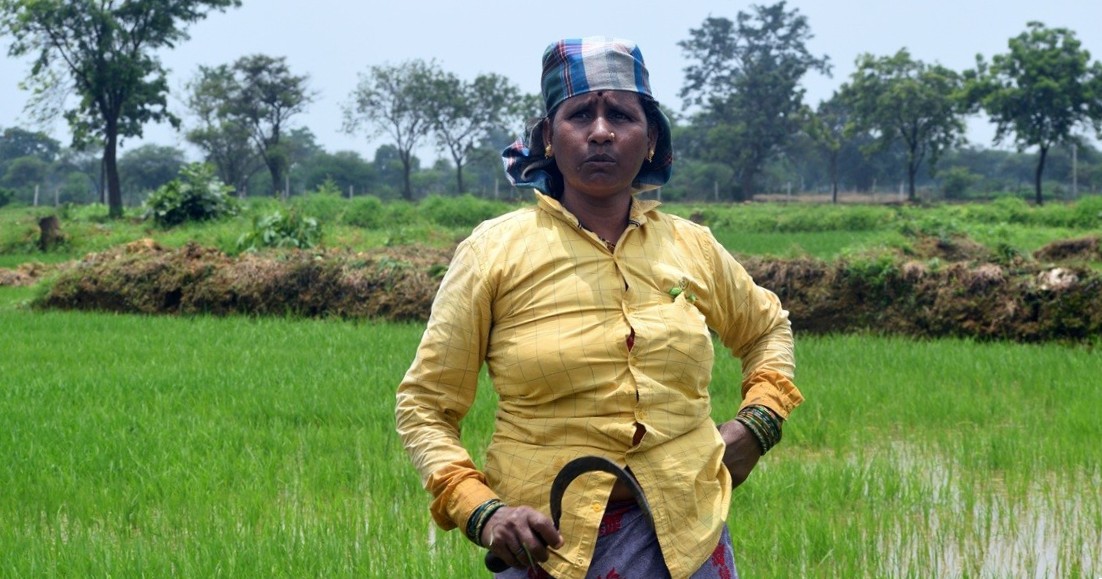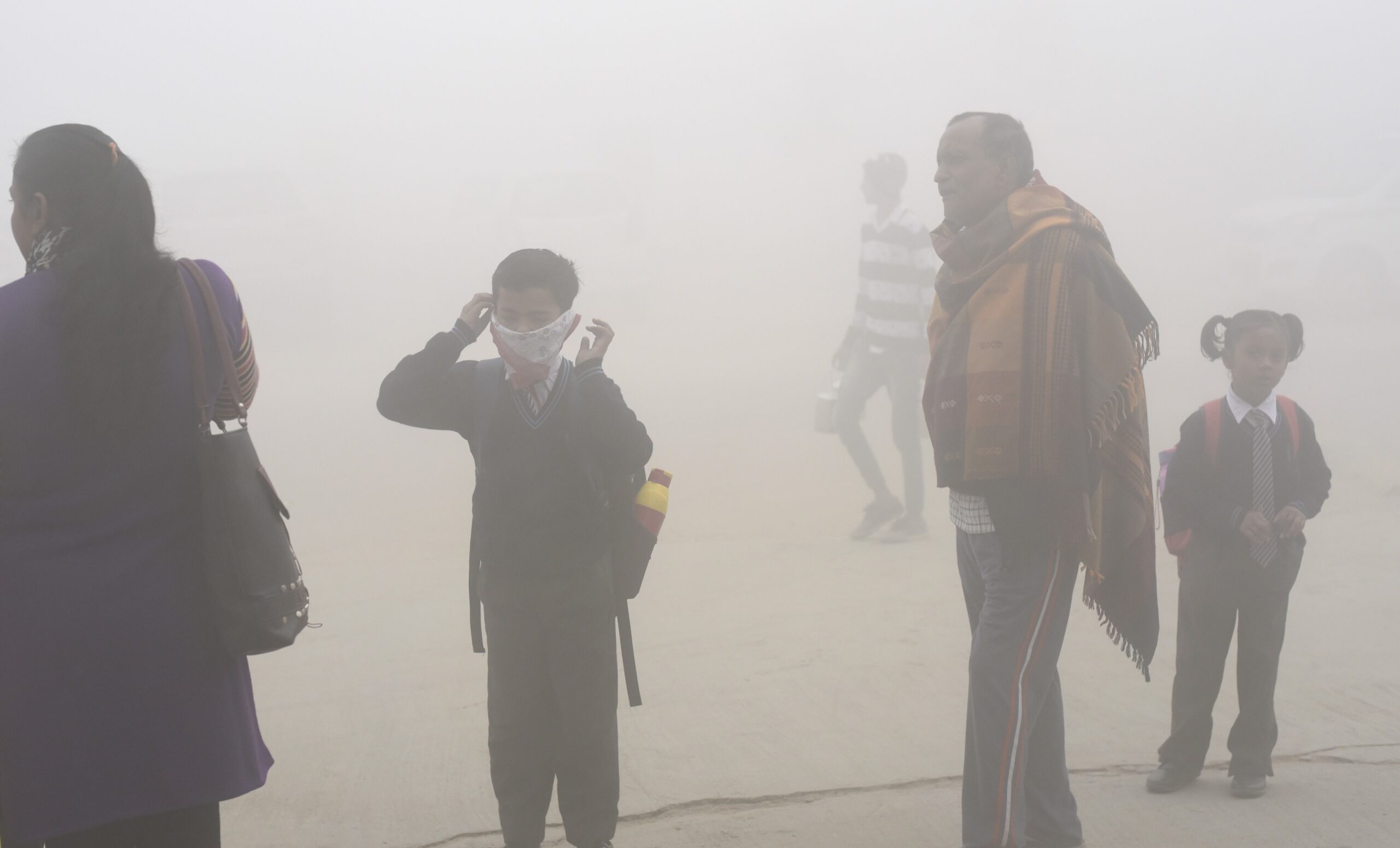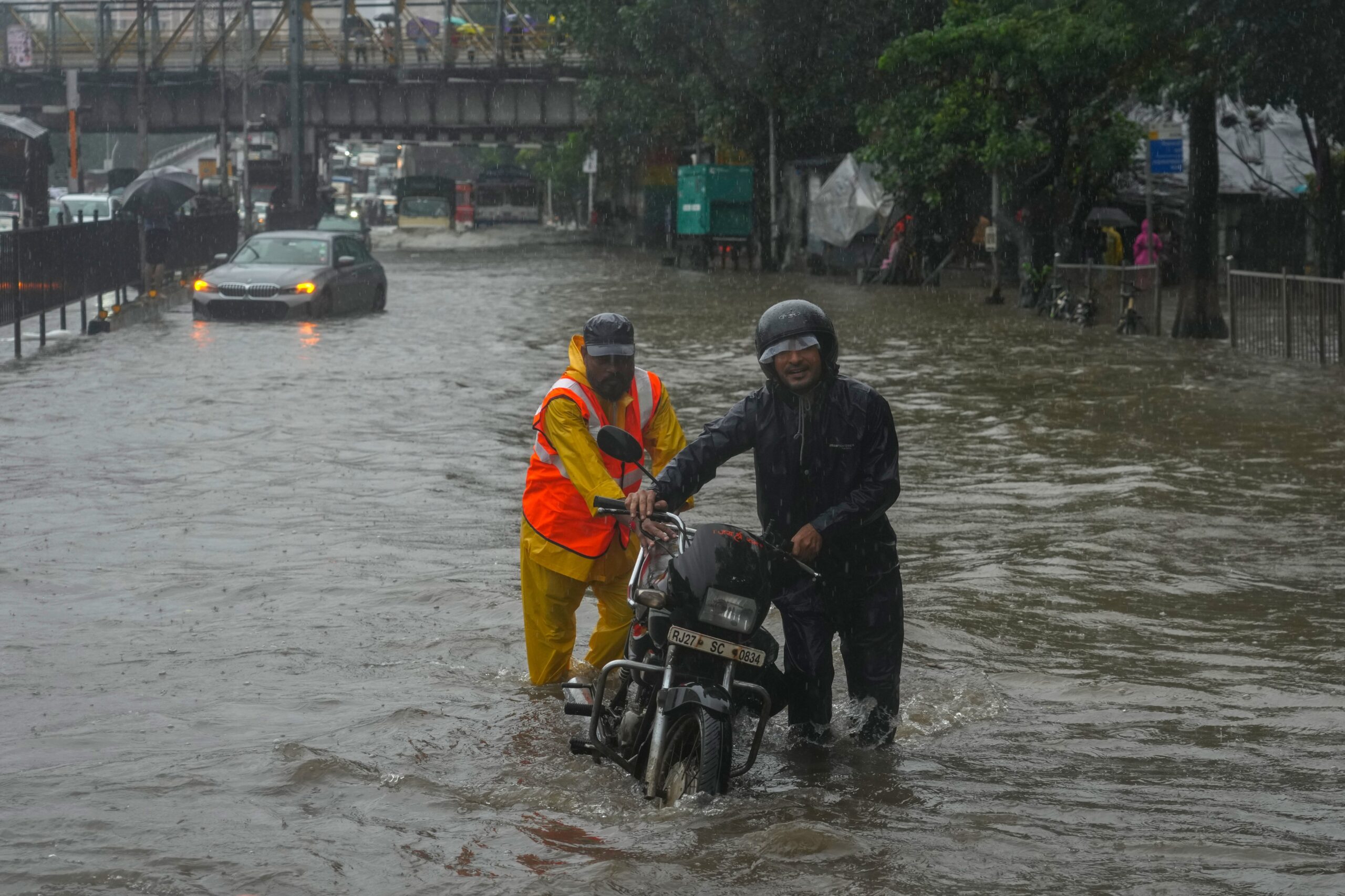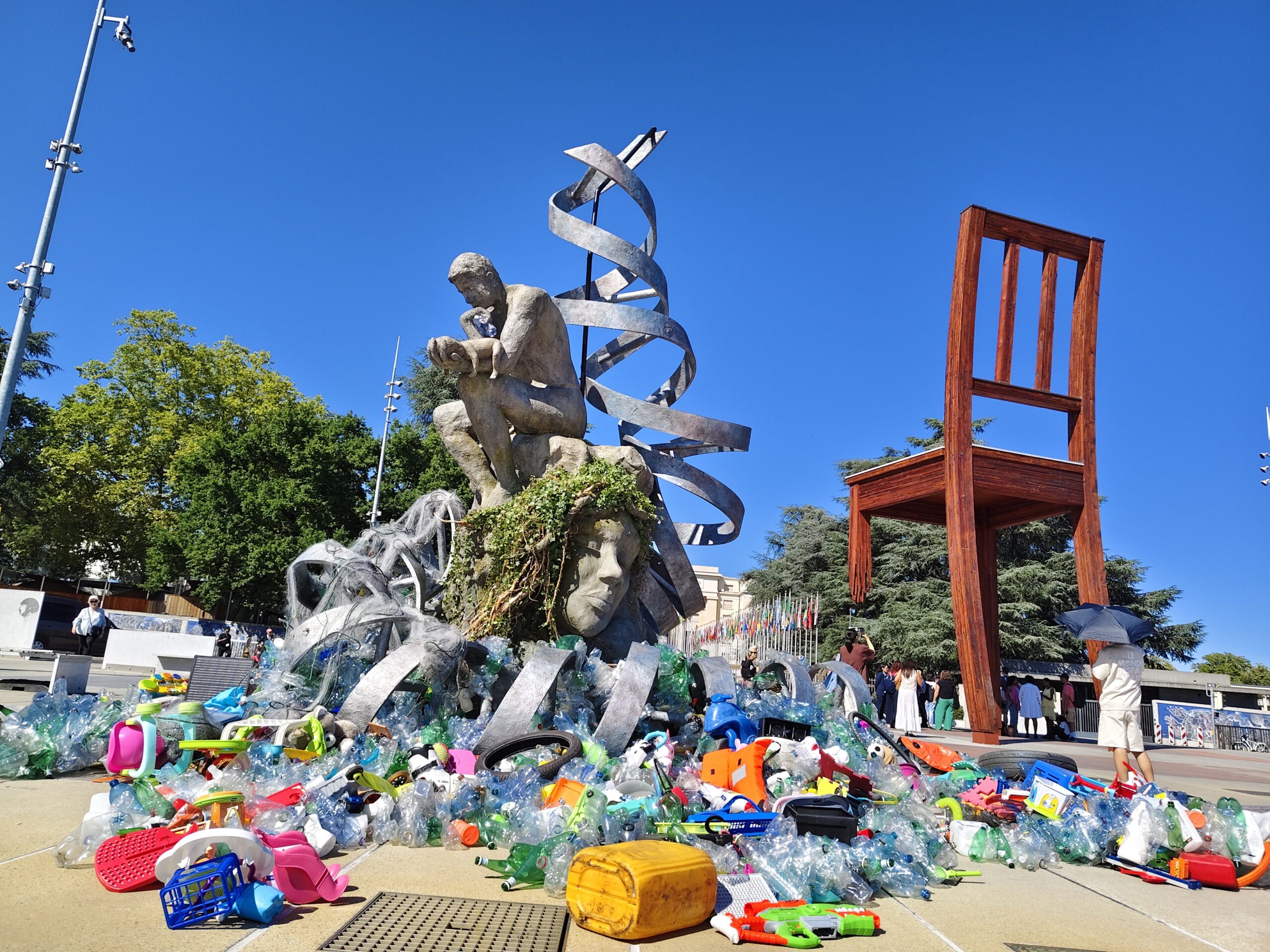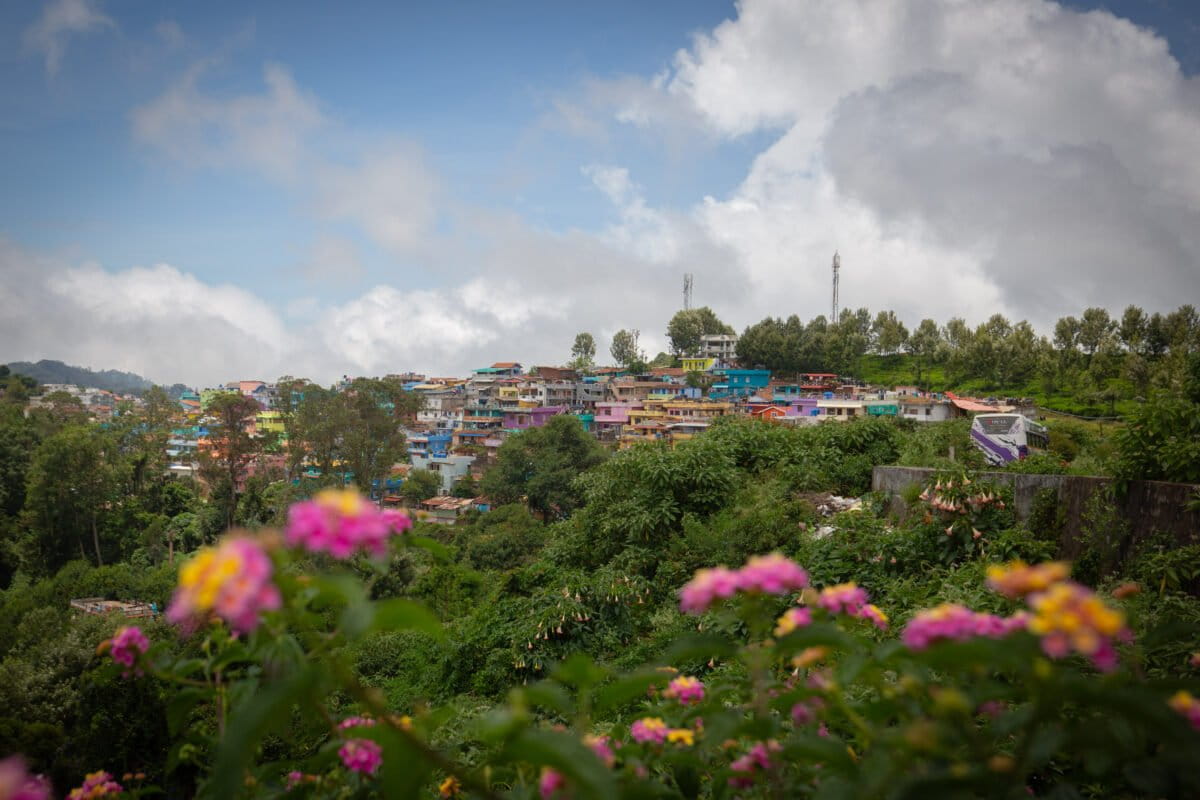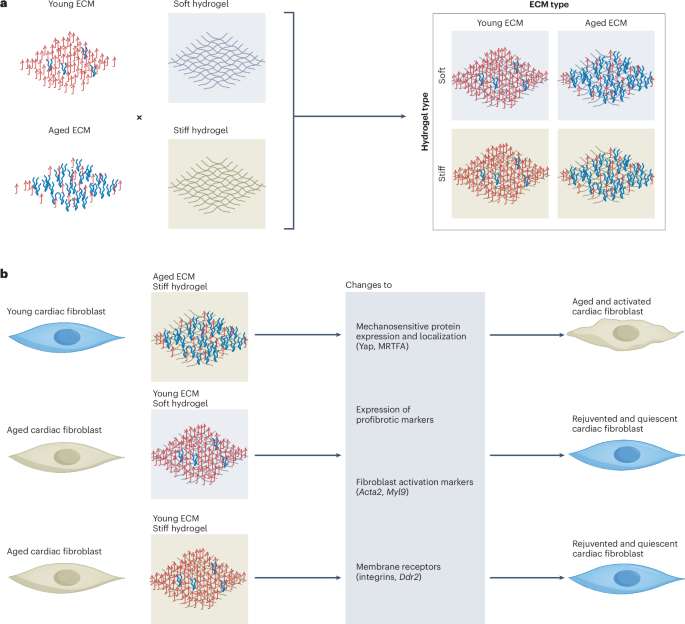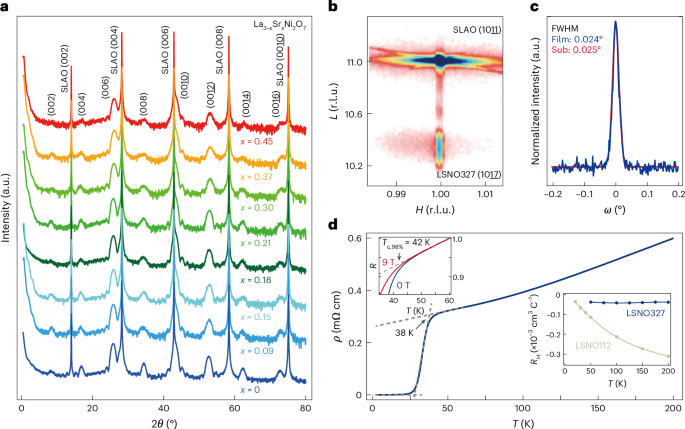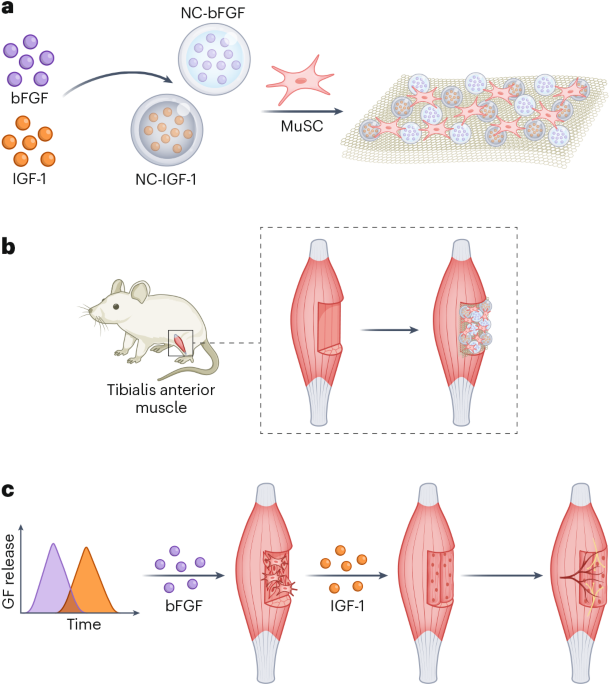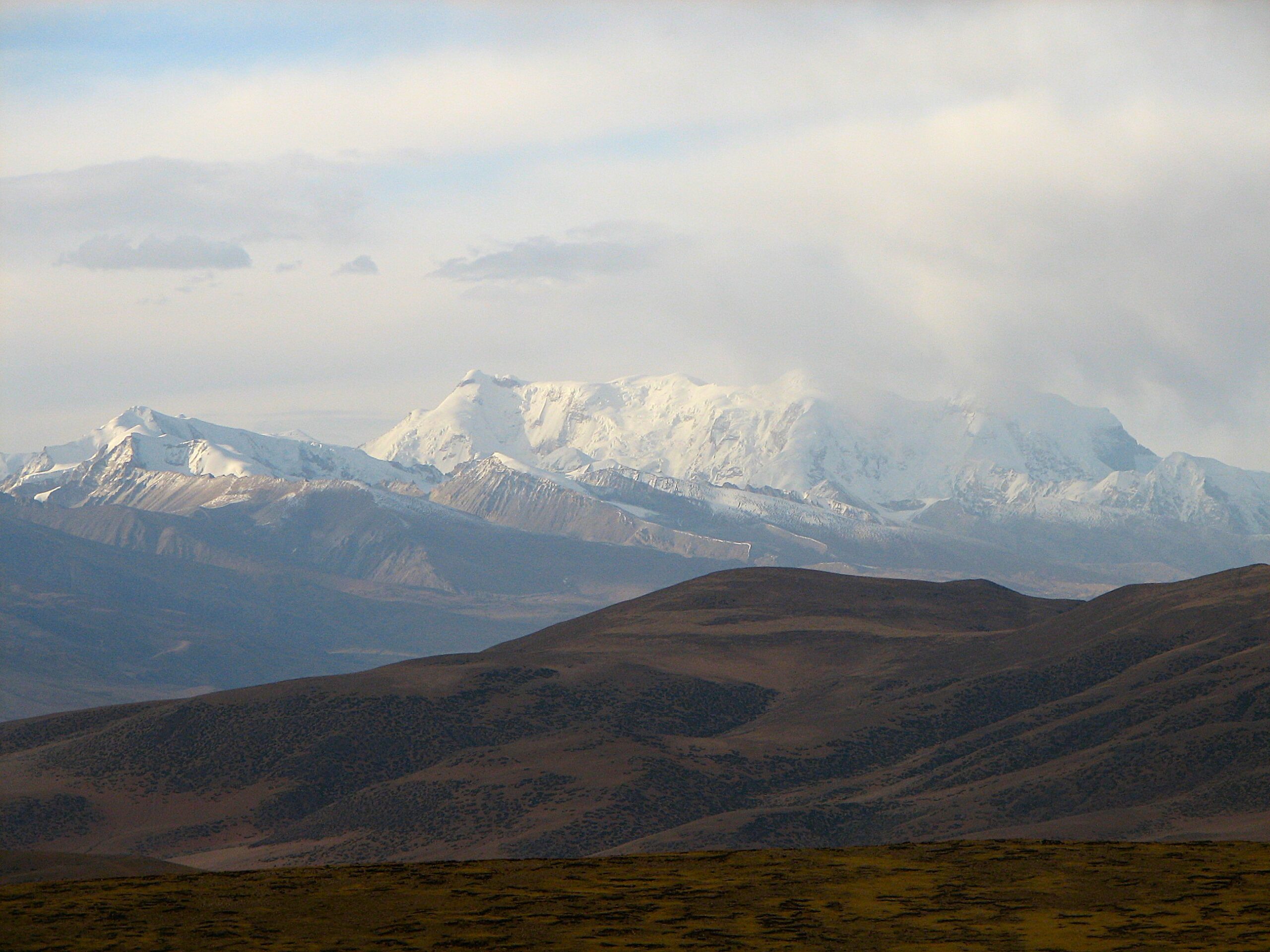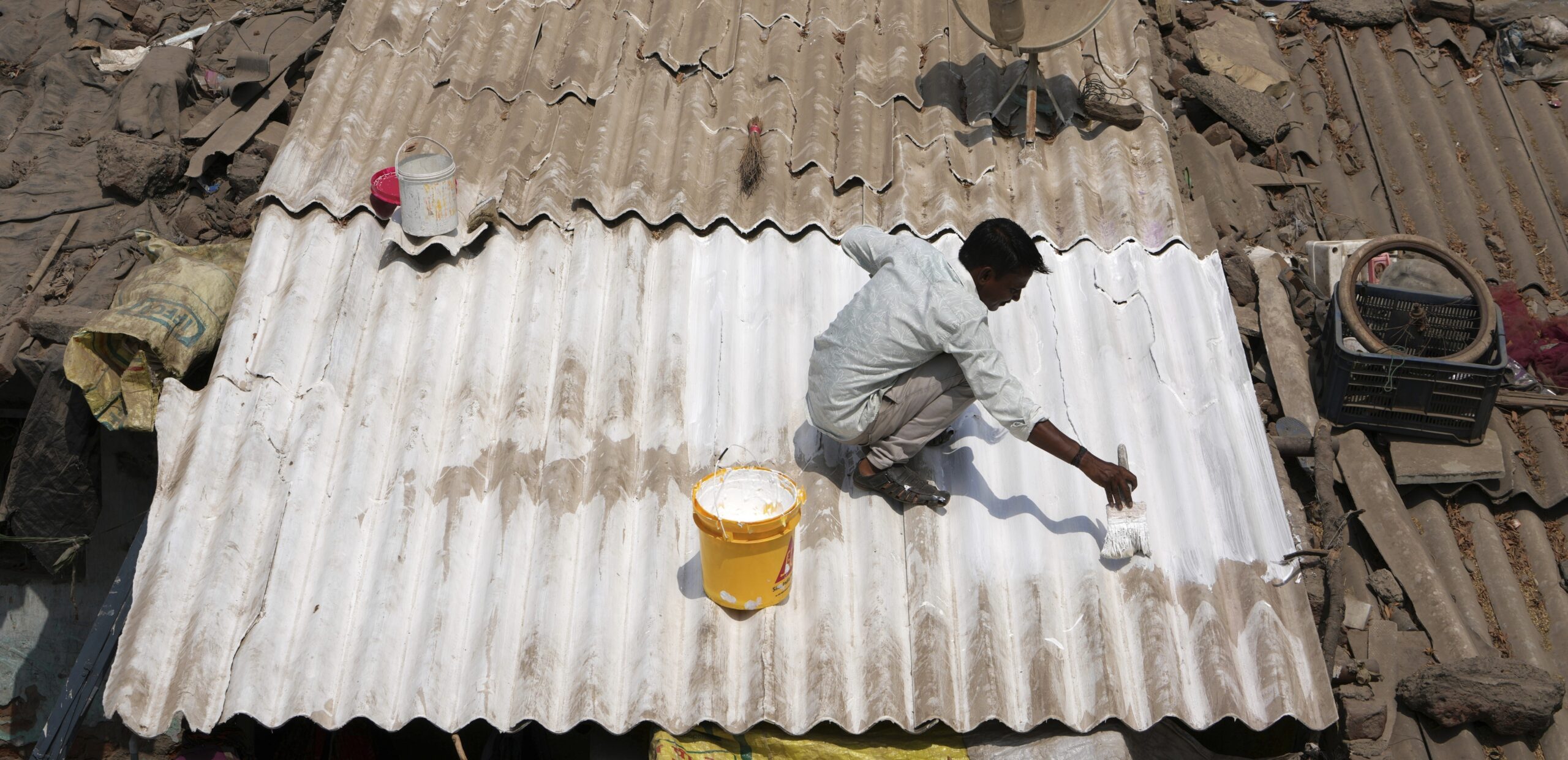
- Extreme heat in India is increasingly frequent and severe, disproportionately affecting vulnerable populations like informal workers, women, and elderly individuals.
- Tackling extreme heat requires a paradigm shift from fragmented, short-term heat adaptation and cooling interventions to a more unified approach where policies and governance mechanisms are well coordinated.
- The next generation of heat action plans need to combine technology, nature-based solutions, and equity to be more effective.
- The views in this commentary are that of the authors.
Extreme heat is a reality for millions, especially in India. This is no longer just a seasonal discomfort; it is a public health emergency, an economic disruptor, and an equity issue. We need to move beyond quick fixes and emergency responses. It’s time for a more integrated, people-first approach that makes our cities, homes, and jobs safer and fairer in a warming world.
The recent trend of rising temperatures is clear; 2024 was the hottest year ever recorded globally. Heatwaves broke records across the world; India was no exception. Once again this year, 2025, heat in India set an unprecedented tone. February 2025, typically a milder spring month, emerged as the hottest February in 125 years. The past decade has been India’s hottest, with more frequent and intense heatwaves affecting more states each year. High humidity is making the heat even more dangerous, pushing temperatures close to the human survival limit of 35°C; outdoor work becomes unsafe well before that.
The impacts of extreme heat are unequal. Rising heatwaves highlight the stark ‘heat divide’ between those who can stay cool and those who cannot. Over 1.1 billion people lack access to cooling globally, including more than 300 million in India. With less than 10% of households owning air conditioners and 75% of the workforce exposed to extreme heat, the risk to lives and livelihoods is alarming. Population segments such as children, the elderly, women, and informal workers have little or no access to cooling solutions to help them cope.
While cooling is critical for survival in a warming world, skyrocketing growth in air-conditioning, if not managed sustainably, will exacerbate global warming. If air-conditioning continues to rely on non-renewable energy, the associated greenhouse gas emissions can worsen climate change, creating a feedback loop of higher temperatures leading to higher cooling energy demand, therefore leading to more emissions that result in even hotter temperatures. This is the heat-cooling paradox.
In many cities, the energy demand for air-conditioning spikes during heatwaves, pushing power grids to the brink and increasing greenhouse gas emissions, fuelling further warming. Similarly, dark surfaces such as pavements and mainstream building materials absorb incoming sunlight and tend to retain and later re-radiate heat. This in turn causes what is called the urban heat island effect which makes urban temperatures being several degrees higher than surrounding suburbs and an increase a city’s electricity consumption.
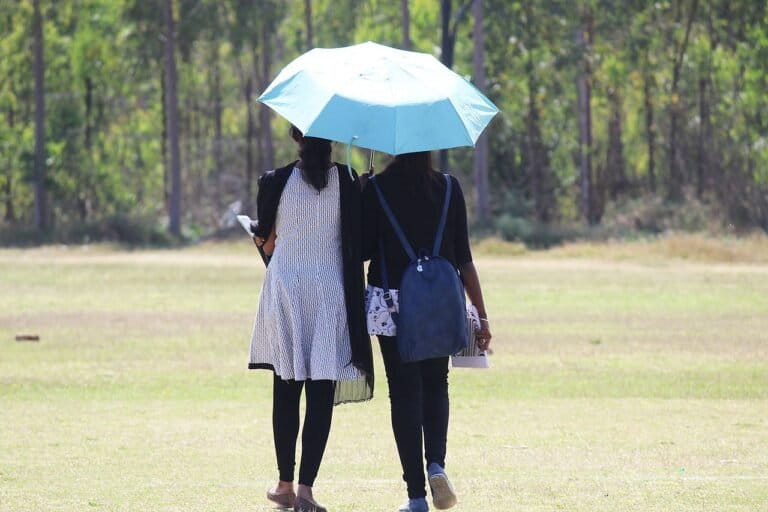
Tackling extreme heat requires a paradigm shift from fragmented, short-term heat adaptation and cooling interventions to a more unified approach where policies and governance mechanisms are well coordinated. Carefully designed heat-cooling interventions can actively bridge the heat-divide and promote more equitable access to cooling and heat resilience.
Effective and sustainable cooling must build upon inclusive governance, cross-sector collaboration, and continuous learning, ensuring all solutions uplift vulnerable communities and foster a collective resilience to heat exposure. Important efforts are already underway. India has a robust national cooling action plan and multiple cities have developed heat action plans. Technologies are being designed to make air-conditioning and other cooling systems more energy-efficient and climate friendly. These efforts, however, are often disconnected from one another. There is a tendency to treat heat as a short-term emergency or a technical challenge to be solved through mechanical means. We need to move from crisis response to long-term resilience and adaptation. That means creating a whole-system approach carried out at multiple levels.
Long-term heat adaptation
Institutionalising heat resilience is one suggestion for a whole-system approach. Currently, too many initiatives rely on the commitment of a few individuals rather than being embedded in government operations. Long-term progress requires integrating heat governance across key sectors such as health, housing, labour, energy, and urban development. City mayors, health ministries, and environmental agencies need to break the silos and work collaboratively, supported by clear mandates and adequate resources.
Another recommendation is to go beyond early warning systems and emergency responses. Investments in green infrastructure such as planting trees, shading public spaces, and utilising reflective surfaces are essential. It is equally critical to ensure that vulnerable populations have reliable access to water, cooling, and medical care. The next generation of heat action plans need to combine technology, nature-based solutions, and equity to be more effective.
Heat resilience needs to be incorporated into urban and town planning right from the start. We need to build using heat-resilient building materials and incorporate passive measures for indoor thermal comfort. Improved ventilation, building orientation, insulation, and cool roofs can be standardised in all new construction based on local circumstances. These approaches are cost-effective, climate-friendly, and can provide thermal comfort to millions who cannot afford air conditioners.

Other aspects of the whole system approach is to strengthen workforce resilience and generate gender-sensitive resilience solutions.
The informal workforce faces extreme heat exposure but lacks legal protections and adaptation support. About 70% of India’s non-agricultural workforce comprise the informal sector with most lacking access to heat-safe working conditions. Heat-related illness should be recognised as a workplace hazard, requiring employer-driven safeguards. Recognising heat-related illness as an occupational hazard is essential, alongside laws mandating cooling breaks, hydration, shade, and flexible work hours. These measures need to be reinforced by community-based adaptation efforts and public investment.
Women face disproportionate impacts from extreme heat as they juggle caregiving, livelihoods, and household responsibilities. Effective adaptation strategies should prioritise women by supporting women-led cooling initiatives, improving access to affordable technologies, and creating financial safety nets.
There are multiple initiatives being implemented across India such as community-run cooling shelters, parametric insurance programs, and passive design innovations. However, initiatives such as these need to be scaled to make a sustained difference. Inclusive financing solutions, innovative public-private partnerships, integration of cooling solutions into cross-departmental policies and programs, and strong government commitment, backed by localised communications campaign on heat and cooling are some of the elements required for scaling climate resilience and sustainable cooling solutions.
We cannot air-condition our way out of this crisis. The solution lies in a smarter, fairer, more integrated approach that cools our cities, protects people, and prepares us for a future where extreme heat is not an exception but the norm.
Read more: Too hot to handle as rural houses turn heat traps
Prima Madan is the Director, Cooling and Climate Resilience, India, International Program, Natural Resources Defense Council and Akash Goenka is the Building and Urban Cooling Specialist, NRDC India.
Banner image: A man applies reflective paint to the roof of a house to cool the indoors in Ahmedabad. (AP Photo/Ajit Solanki)



